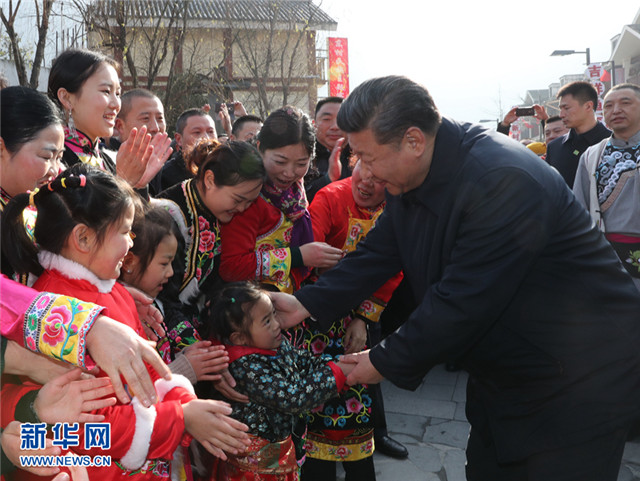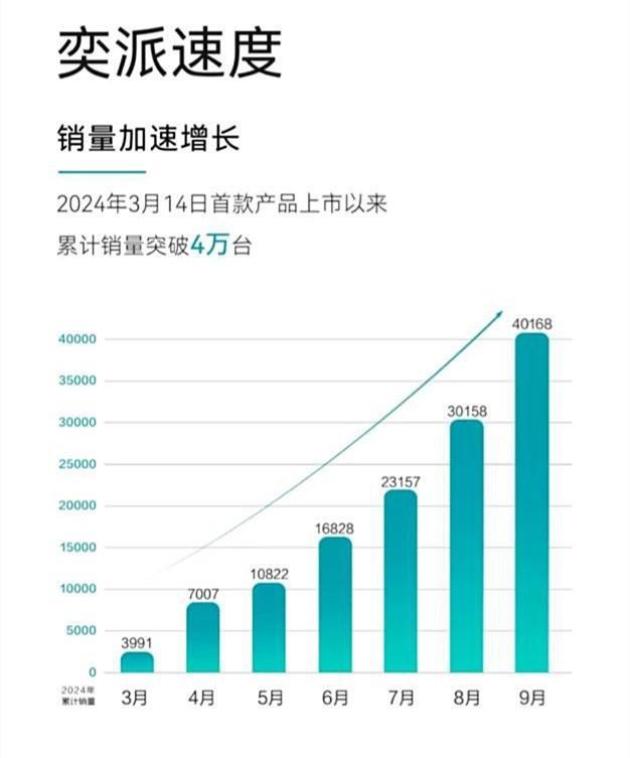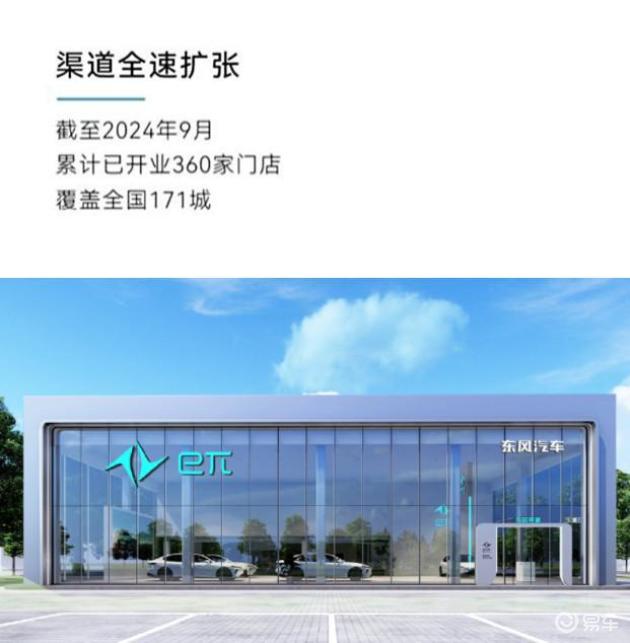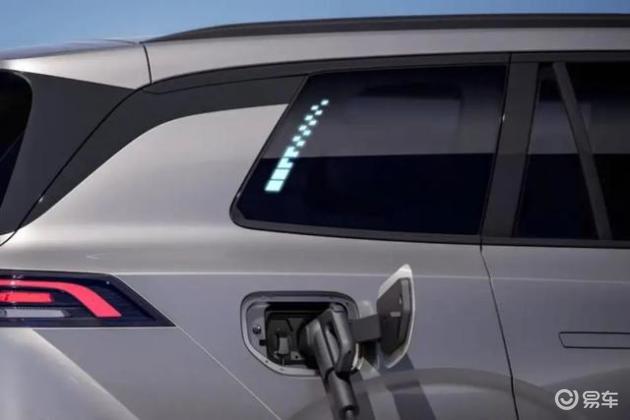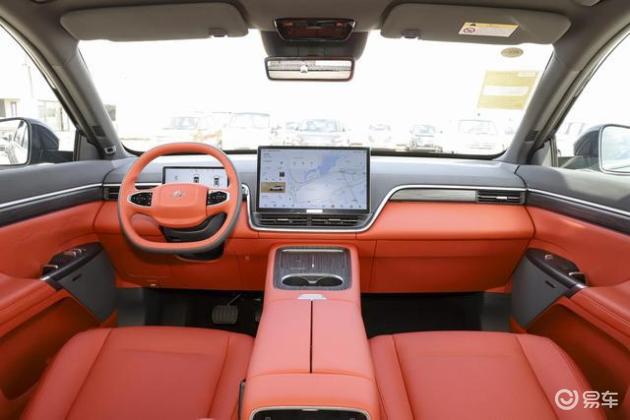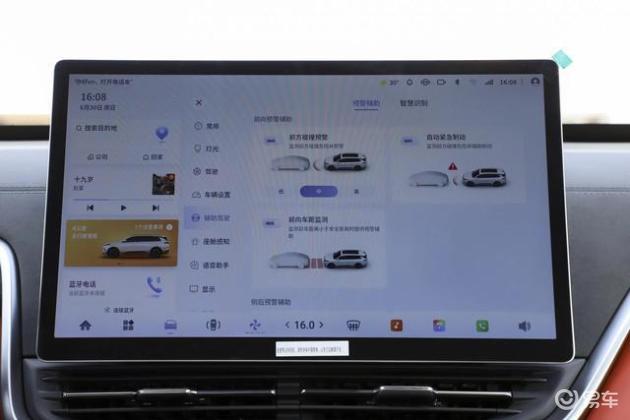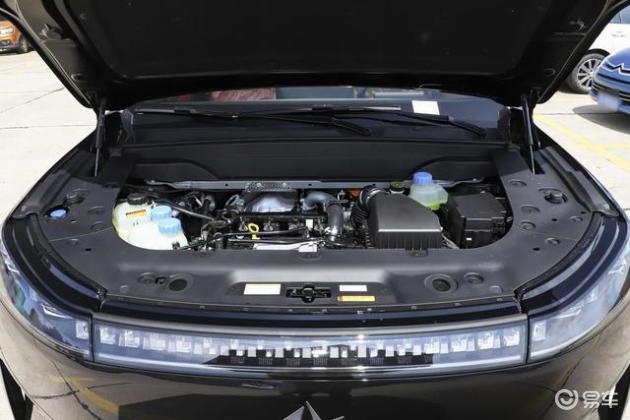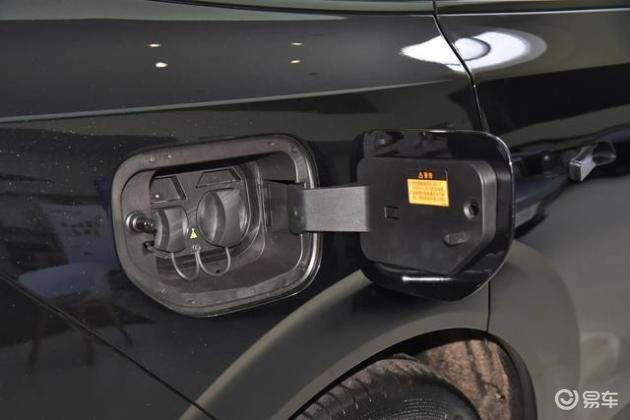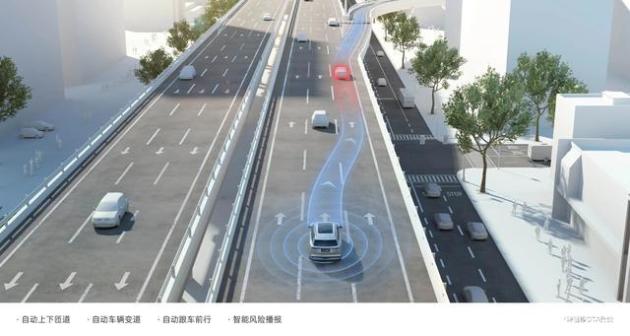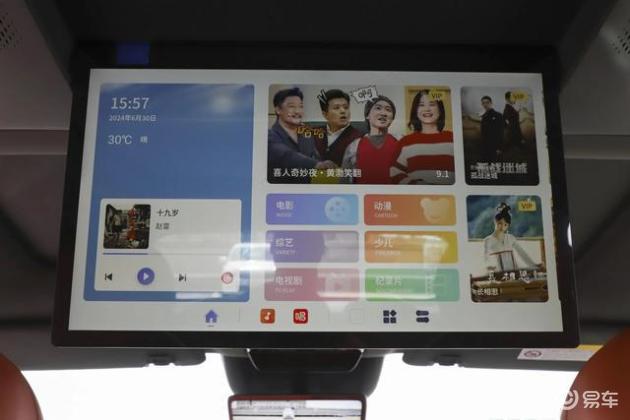CCTV News:Recently, a new case of group corruption in Nanning Customs in Guangxi was added: Tang Jun, the former chief clerk of Nanning Customs, who was suspected of collecting more than 52 million yuan, appeared in court for trial.
According to media reports, in 2012, when Nanning Customs investigated the rubber smuggling case, it found clues that the internal anti-smuggling personnel were suspected of violating the law and discipline, and then the Guangxi procuratorate conducted a criminal review on the former Nanning Customs anti-smuggling policeman Tang, thus uncovering a series of law enforcement corruption cases of Nanning Customs anti-smuggling team.
CPC Central Commission for Discipline Inspection and relevant state departments have paid close attention to a number of major criminal cases designated by higher courts, such as Tang’s case of accepting bribes and huge amount of unidentified property. On July 5, 2016, the party secretary and discipline inspection team leader of Nanning Customs were "invited" to Beijing for talks by the party group of the General Administration of Customs because of local group corruption. At the same time, the party group of the General Administration of Customs seriously blamed the group corruption of Nanning Customs, and supervised the customs to investigate the responsibility of the leading bodies of six units and departments and 18 department-level cadres of the Anti-smuggling Bureau. Two bureau-level cadres of the former party group of the Anti-smuggling Bureau were not able to implement the main responsibility and were put on file for review.
Through this case, several keywords are particularly eye-catching. "Chief staff", "department-level cadres" and "huge amount of property" all point to a key link in the anti-corruption work: punishing "petty officials and great greed".

Network picture
When it comes to "small officials and great greed", netizens are not unfamiliar. Since the 18th National Congress, CPC Central Commission for Discipline Inspection has investigated and dealt with a number of typical cases of "petty officials and great greed":
With 120 million yuan in cash, 37 kilograms of gold and 68 houses, Ma Chaoqun, the general manager of Beidaihe Water Supply Company in Qinhuangdao City, Hebei Province, "made" a jaw-dropping number of corruption, and was called "the most corrupt department-level cadre in history".
In Guangzhou, Zhang Xinhua, the former general manager of the state-owned Baiyun Agriculture, Industry and Commerce Joint Company, was accused of corruption of 284 million yuan and bribery of nearly 100 million yuan;
In Shenzhen, Zhou Weisi, director of the former village committee of longgang town Nanlian Community, was suspected of accepting a huge bribe of 56 million yuan with others in the local old city reconstruction project;
In Beijing, Ji Haiyi, former party secretary of Sunhe Township in Chaoyang District, took bribes of more than 90 million yuan, Chen Wanshou, an accountant in Huanghoudian Village, Northwest Wang Town, Haidian District, misappropriated funds of 119 million yuan, and Yuan Xueqin, former director of the Rural Economic Management Center of Jiuxian Town, Yanqing County, misappropriated public funds of 24 million yuan;
In June this year, CPC Central Commission for Discipline Inspection once again reported nine cases of petty officials’ greed. It is clearly pointed out in the circular that embezzlement, looting, and card grabbing still occur from time to time in the fields of benefiting farmers, land expropriation, "three-capital" management and poverty alleviation, and "petty officials are greedy", "village tyrants" and clan evil forces appear from time to time.
It can be seen that these "petty officials are greedy" behaviors not only devour the state and collective property, but also happen at the grassroots level and around the masses, thus directly infringing on the vital interests of the people, corrupting the social atmosphere, affecting social harmony, and having more direct and serious damage to the image of the party and the government and the local political ecology.
Putting power into the institutional cage is an important anti-corruption consensus since the 18 th National Congress. In order to curb the phenomenon of "greed of small officials", the central and discipline inspection and supervision organs at all levels insist on putting discipline ahead, and win the trust of the people through strict supervision and accountability, so that people can truly feel that "discipline is a high-voltage line with electricity".
— — In 2015, various provinces generally carried out talks, correspondence and other systems to curb violations of discipline in the bud. According to statistics, as of November 30, 2015, 32,128 mental cases in violation of the eight central regulations were investigated and dealt with, with 43,231 people, and 29,011 people were disciplined by the party and government.
— — In 2016, the discipline inspection and supervision organs at all levels carried out the decision-making arrangements of the CPC Central Committee, followed the provisions of party constitution, focused on the central tasks, actively applied the "four forms" of supervision and discipline, maintained a high-pressure situation, continuously purified the political ecology, and consolidated the atmosphere of "not daring to rot".
— — In 2017, the anti-corruption situation ushered in a historic change: through the joint efforts of the whole party, the party’s main responsibility of organizing and managing the party at all levels has been significantly enhanced, the spirit of the eight central regulations has been resolutely implemented, the party’s discipline construction has been comprehensively strengthened, the spread of corruption has been effectively curbed, the overwhelming situation of the anti-corruption struggle has been formed, the goal of not being corrupt has been initially realized, the system that cannot be corrupted has been improved day by day, the dam that does not want to be corrupted is being built, and the political life within the party has taken on a new look.
People’s heart is the greatest politics, and justice is the strongest force. On January 6, 2017, the Supreme Leader pointed out at the Seventh Plenary Session of the 18th Central Commission for Discipline Inspection in communist party, China: adhere to anti-corruption, with no forbidden zone, full coverage and zero tolerance, make efforts to curb the breeding and spread of corruption, punish unhealthy practices and corruption problems around the masses, make efforts to enhance the people’s sense of gain, comprehensively strengthen inner-party supervision, give full play to the role of patrolling the sword, and promote the continuous and in-depth development of strictly administering the party in an all-round way.
The deeper the anti-corruption, the more popular the masses are. I still remember that the protagonist of the movie mr. six, after learning about the violation of discipline of a senior official in a southern province, sent his evidence of violation to the Central Commission for Discipline Inspection, and eventually the other party was investigated. Although the plot of the film is purely fictional, it starts from "reporting to CPC Central Commission for Discipline Inspection ‘ Tiger ’ In the detail of "success", we can see the trust of the broad masses in the Central Commission for Discipline Inspection and the recognition of the party’s anti-corruption achievements since the 18th National Congress. People more and more truly feel that "discipline is a high-voltage line with electricity", and the atmosphere of leading cadres at all levels of the party and government is deeply rooted.
